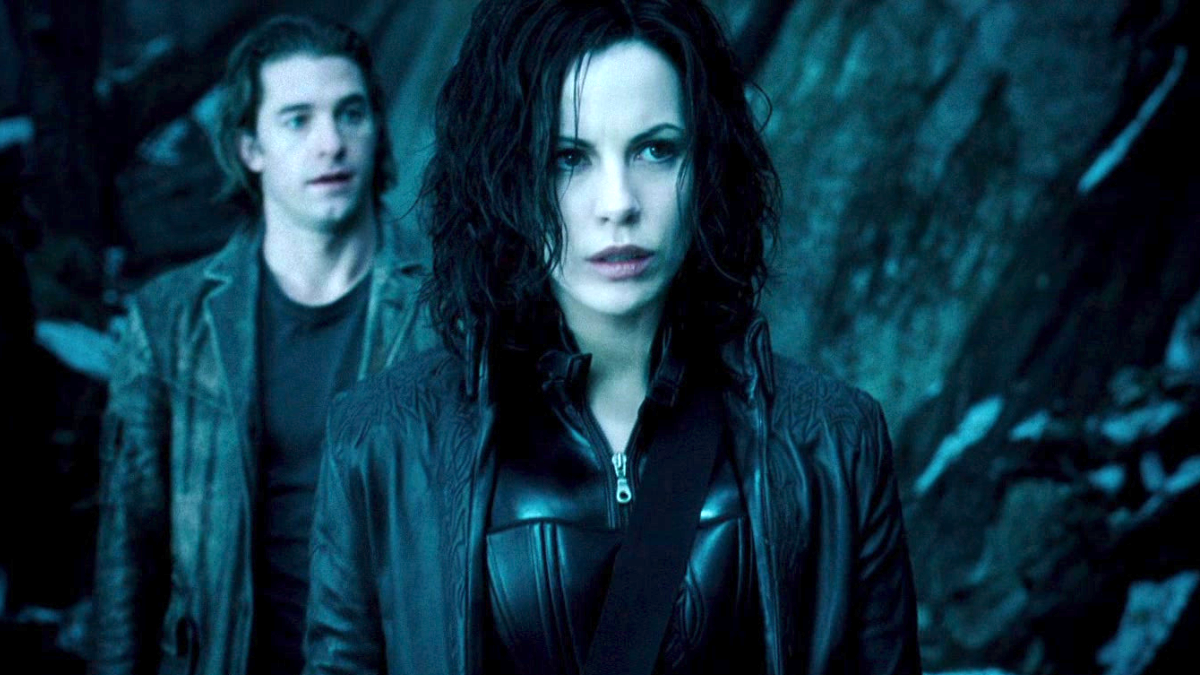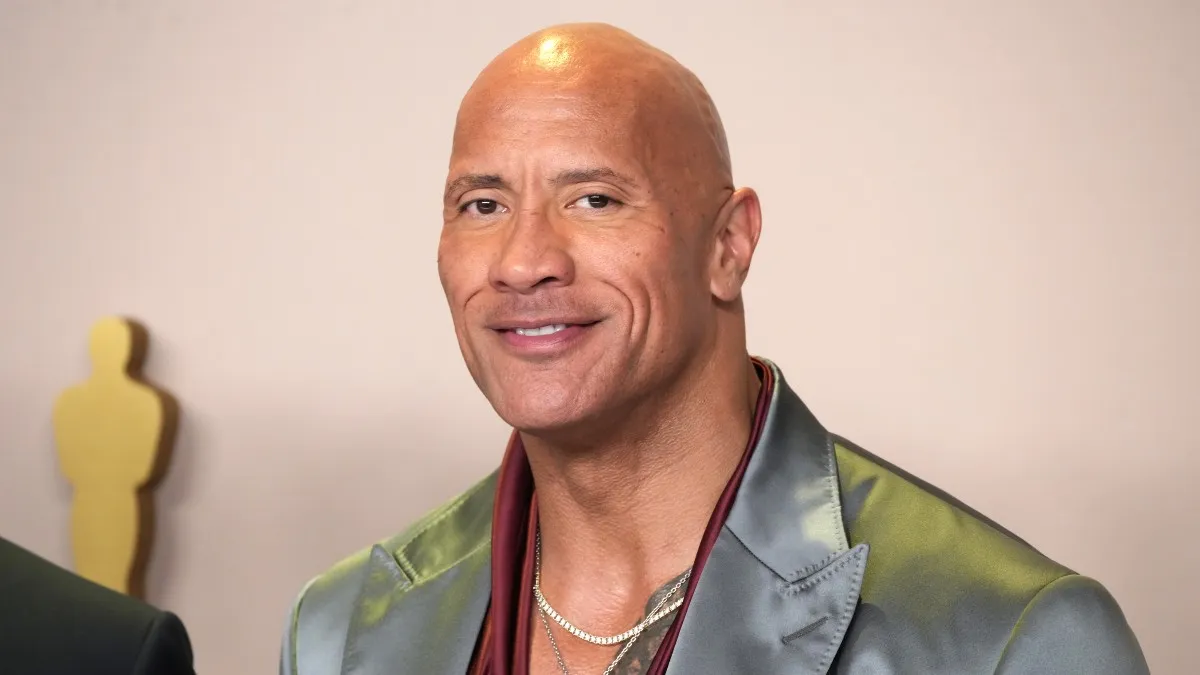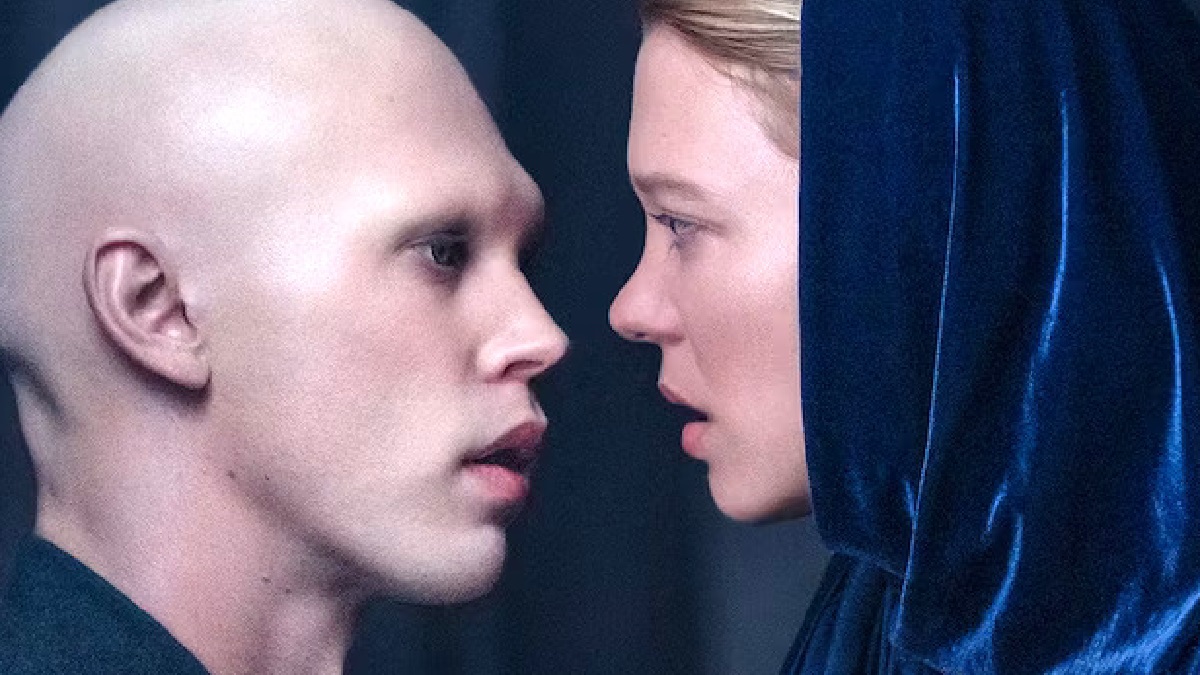
When a major filmmaker decides to tell a story about a renowned artist, one expects that the director is painting a kind of self-portrait. That is the case with Mike Leigh’s splendid, thrillingly acted Mr. Turner (also out this month), and that may also be true for Tim Burton’s latest film, Big Eyes. Take a glance at Margaret Keane’s sweet, painted children with their milky, enveloping, entrancing eyes, and you get a feeling of sadness and youthful wonder, as well as a bit of kitsch – all factors omnipresent in Burton’s offbeat fantasies, films like Beetlejuice and Big Fish.
However, Burton is no longer such a gauche visionary, his films more about the inventiveness of their atmosphere than the depth of the performances in them. Big Eyes’ opening credit sequence, which shows several of Keane’s paintings going through a press to make thousands of copies, could be a self-critique of the director’s recent trend to resort to remakes and adaptations – even, as Frankenweenie attested, of his own work.
Unfortunately, while Big Eyes looks as sumptuous as the best of Burton’s stylistic efforts, this is a rather thin biopic. (The screenplay comes from Scott Alexander and Larry Karaszewski, who penned the more revealing, riveting Ed Wood for Burton more than 20 years ago). The fascinating story receives a stale treatment, one that is too much about the Keanes’ exterior life and not enough about the turmoil that arose within Margaret as her paintings became an American cultural staple in the early 1960s.
Near the start, artist and housewife Margaret (Amy Adams) leaves her home and husband for North Beach, California, cramming her paintings in the trunk and taking daughter Jane (the striking Delaney Raye) with her. Margaret’s colorful portraits of those children with the big eyes were out-of-place in the late 1950s, a time infused with experimental art. However, she leaves her worries behind when a sunny illustrator of painterly French scenes named Walter Keane (Christoph Waltz) whisks Margaret off her feet and into his home.
Married and with a painter’s studio, Margaret is in a new sort of heaven – until Walter starts taking sole credit for her paintings. He explains that he is doing it to support their family, as a woman’s art would not be taken as seriously in the marketplace. However, few from the public notice the strange juxtaposition of Walter’s bouncy demeanor and reptilian wit to the moody pictures hanging on the gallery walls. At the first major unveiling of her work, Margaret stands in the corner serving champagne to the enraptured public while Walter and his lavish ego fret around the room.
Although her work, hailed and derided in equal measure, was the talk of the art world in the early 1960s, Margaret was not credited for her achievements. Big Eyes eventually escalates to Margaret’s dilemma, as she decides whether to let Walter remain the domineering king of their artistic kingdom or come clean about her efforts and risk its collapse.
As fascinating as the feud became, Alexander and Karaszewski’s screenplay is more interested in Walter’s showmanship than the victim of his façade, his silenced, swindled wife. (Another strange characterization: despite the various highbrow minds featured in Big Eyes, including Jason Schwartzman’s gallery owner and Terrence Stamp’s influential columnist, it is these critics who get the best one-liners. If Burton is trying to sock it to critics, he fails to make a pointed commentary.)

Unlike the bold, penetrating eyes that filled her paintings, Margaret’s eyes were small, flitting downward to avoid the gaze of others. The normally effervescent Adams is trapped in a character painted with broad strokes. For the majority of the film, she plays a woman who fears tempering with her husband and the fakery he employs. However, as a result of her passivity, we rarely get a chance to see this situation through her eyes.
In one of the film’s best sequences, we see Margaret strolling down the aisles of a grocery store. When she realizes copies of her paintings are for sale, the whole setting turns into an absurdist nightmare. The saturation of the bright colors here is otherworldly, the monotonous patterns of the items around her disorienting and Margaret pastes those big, glimmering eyes from her paintings onto the shoppers walking near her. The scene depicts her discomfort and horror with what the Keane name has become. Other than this moment, though, Adams’ character gets little agency. (We only get hints about her prior marriage and her uneasy relationship with Jane, as well.)
The introverted Margaret is a far way gone from Waltz’s cartoon-like portrayal of her fraudulent husband. She is frigid, he is flamboyant, and so it is little surprise that the charade goes off fantastically. With the same cunning theatrics that helped him score two Oscars from Quentin Tarantino movies, Waltz gives the role a giddiness that sometimes threatens to overwhelm the screen. Had the actor been rotoscoped a la Richard Linklater’s Waking Life, his performance would have made more sense. (The crazed buoyancy of the role would even prompt Michael Keaton’s Beetlejuice to tell Waltz to tone it down.)
However deranged Waltz is, though, it matches the film’s colorful settings. Appropriately for a movie about the art world, the craftsmanship behind the era-specific production design is top-tier, as is Bruno Delbonnel’s dazzling cinematography. He splashes on the screen a bright palette for outdoor scenes, while tinting the lights for the more conflicted scenes in the Keane households. Also, composer Danny Elfman offers one of his most distinctive scores in years, which turns from bouncy to bleak, depending on Margaret’s mood.
A few of those aforementioned indoor scenes, filled with slanted angles and Waltz’s distorted facial expressions, recall a German Expressionist film. The Keane home becomes a place of terror and torment. Besides the stylistic mastery, though, Big Eyes is an all-too rudimentary treatment of a fascinating story, one that doesn’t give us the insights into a legendary artist it deserved to expose. Margaret was so thoroughly undermined by her husband that it becomes increasingly problematic as Walter runs off with most of Burton’s story. As Walter says about her high-selling paintings, “People don’t care if it’s a copy – they want art that touches them.” However, without looking into the soul of the painter who made all of those soulful-eyed children, Burton’s latest artwork is a flat, forgettable copy derivative of better biopics, as well as a character study that is unable to touch the audience.






